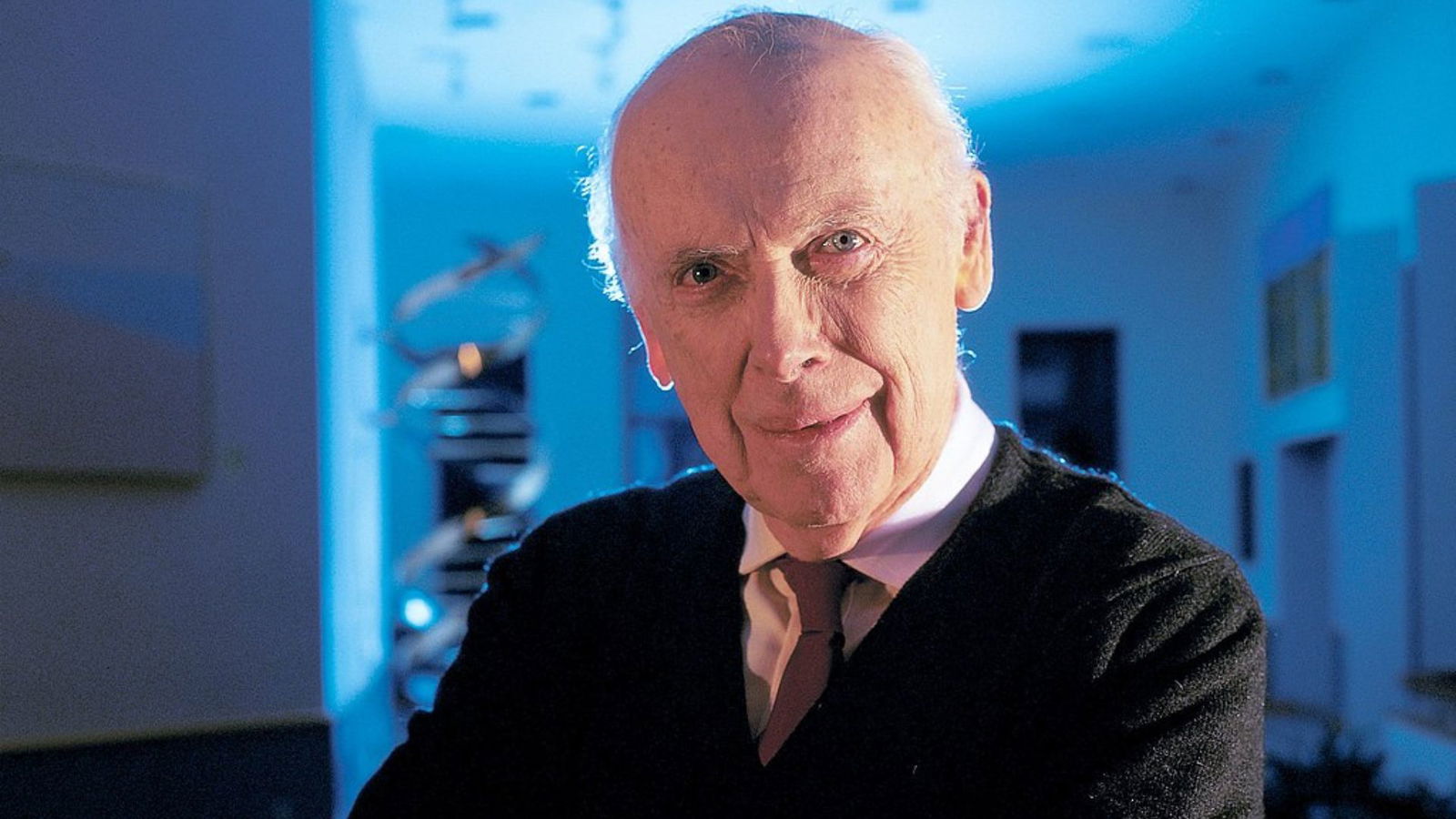James Dewey Watson, a central figure of 20th-century science, died on Thursday in East Northport, N.Y. He was 97. His death was confirmed by his son Duncan Watson, who said the biologist was transferred to a hospice this week after treatment for an infection, Deccan Herald reported.
Watson's name remains inseparable from one of the biggest discoveries in modern science: the double-helix structure of DNA. Along with Francis H. C. Crick, he discovered, in 1953, how genetic information is stored and passed from one generation to the next, and in so doing changed biology.
Also Read | Farmers’ Almanac to end after 208 years: Final edition set for 2026
Who was James D. Watson?
Watson was born in Chicago on April 6, 1928. He entered the University of Chicago at age 15 and then received his PhD from Indiana University in 1950 with the guidance of Salvador Luria. Interested in genetics, Watson joined the Cavendish Laboratory at the University of Cambridge, where the collaboration with Crick started.
Working with X-ray images provided by Rosalind Franklin and Maurice Wilkins at King’s College London, Watson and Crick conceived a model of DNA as a twisted ladder-shaped double helix. Their one-page paper, published in Nature in 1953, quietly noted that the structure “immediately suggests a possible copying mechanism for the genetic material.” This discovery would earn Watson, Crick, and Wilkins the Nobel Prize in Physiology or Medicine in 1962.
Beyond the Double Helix
As per the report by Deccan Herald, following in the wake of his early renown, Watson continued to influence molecular biology through teaching, writing, and leadership. His memoir The Double Helix (1968) became both celebrated and controversial for its candid portrayal of scientific rivalry. He also authored Molecular Biology of the Gene, one of the field’s most influential textbooks.
Also Read | Meet Zohran Mamdani- son of Salam Bombay maker, who made history as New York’s youngest, first Muslim mayor
In 1968, Watson became the director of Cold Spring Harbor Laboratory, and he built it into one of the world's major centres for research in genetics and cancer biology. As its director, the lab expanded its research programs, initiated graduate and high school training programs, and attained global recognition. A Complex Legacy In his later years, Watson courted controversy with public utterances that raised hackles and drove a wedge between himself and most of the scientific world. Despite all that, his work in uncovering the structure of DNA is one of the defining feats of science. Watson is survived by his wife, Elizabeth Lewis; their two sons, Rufus and Duncan; and a grandson.











